Facts vs. Fictions
A visit to my parents’ shtetl answered some of my questions—but not all of them
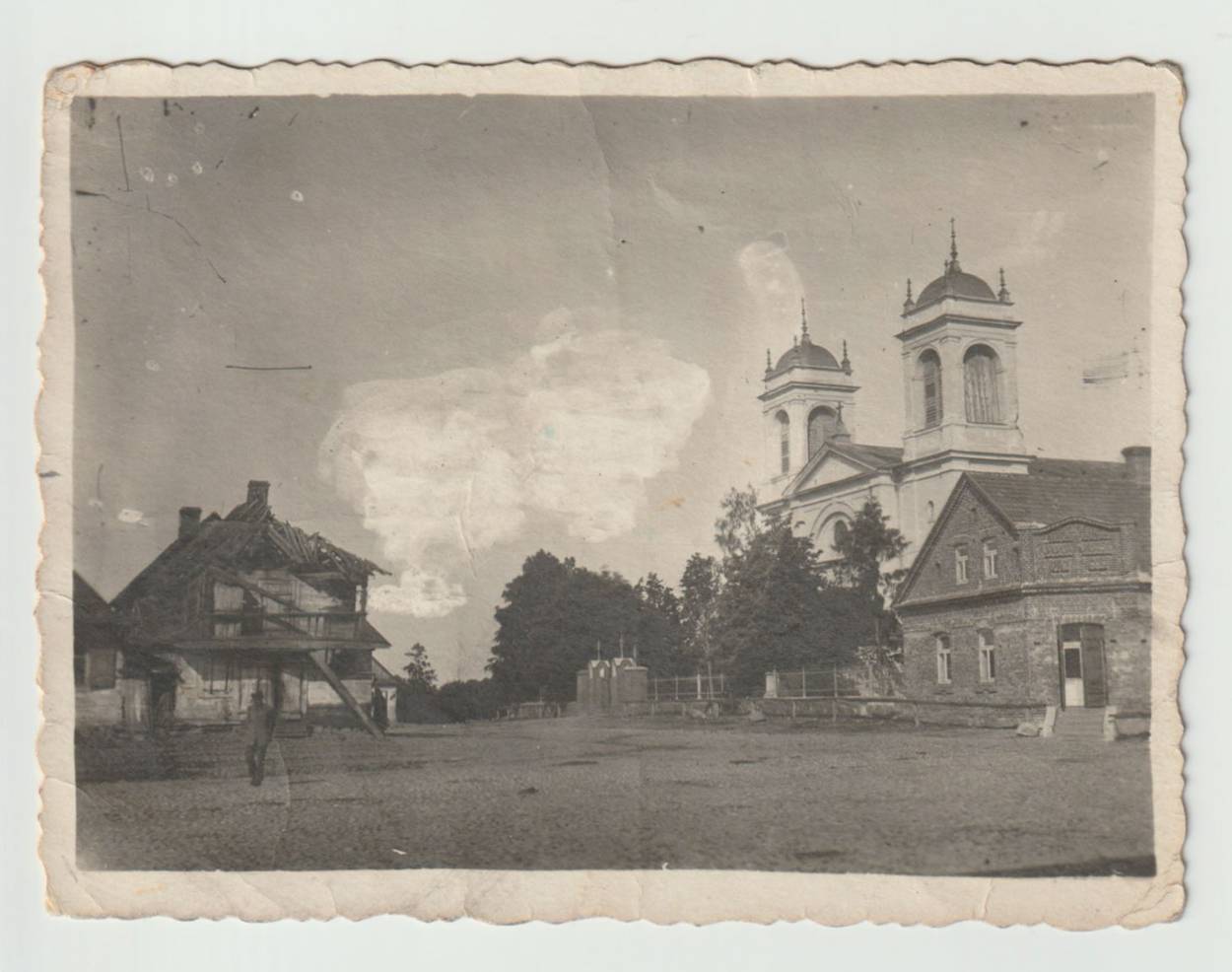
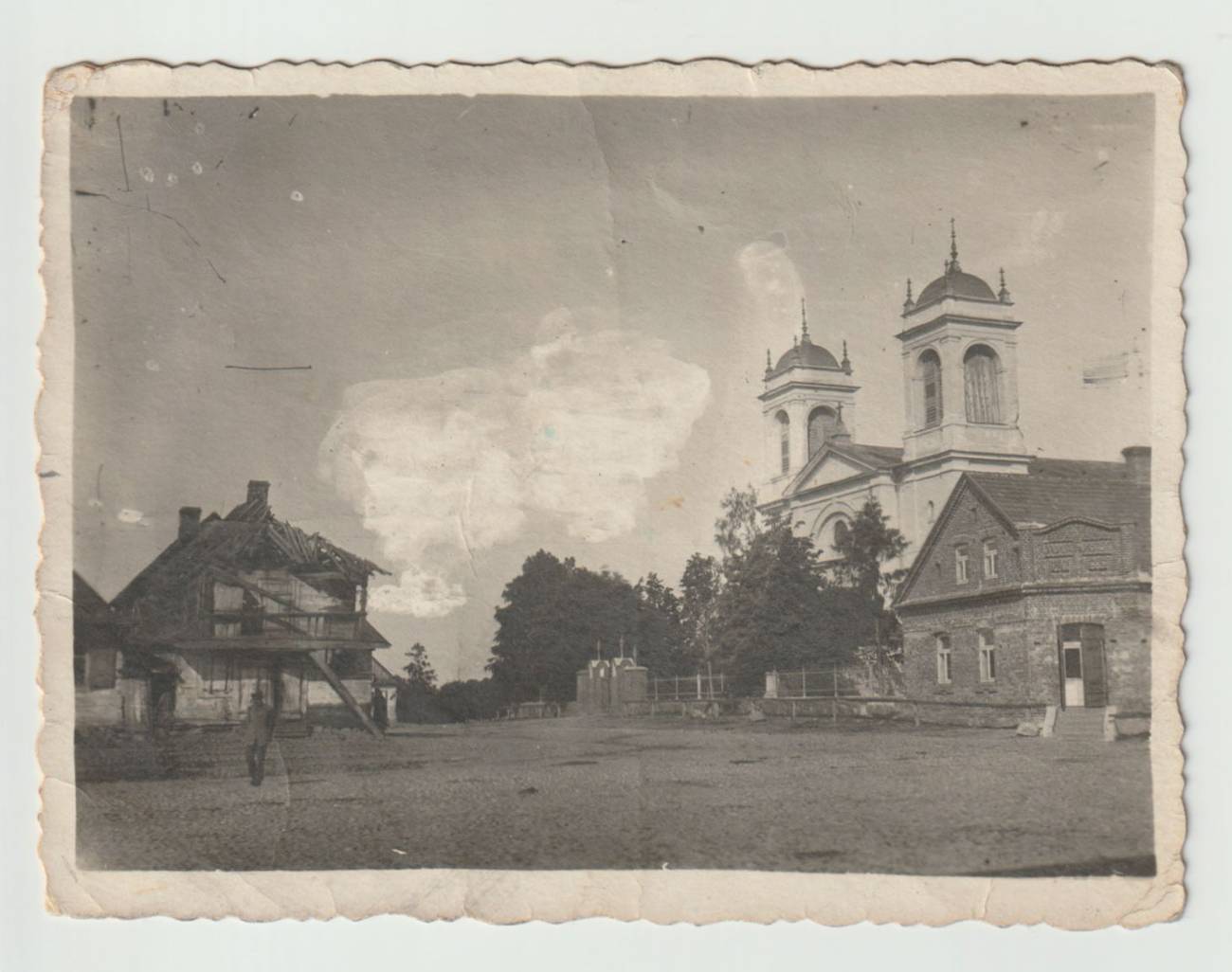


In my parents’ Polish shtetl, Czyzev, there was even a pecking order in gefilte fish. The poor, my mother explained, used matzo flour to stretch their fishes’ bulk while her wealthy mother made it “pure.” There was also a pecking order, of course, in class lines. But sometimes a line could be crossed. For example, it was socially acceptable for my mother, daughter of a wealthy meat wholesaler, to marry my father, son of a poor scholar.
As for the village’s other pecking orders, I absorbed their ranking not so much from what was said but from how it was said. That was a useful skill. It turned out that many of the “facts” passed on to me about Czyzev came with a little upward nudge here, a little slippage there.
Despite that, I know the village best through tales repeated again and again by my parents. But now, in the aftermath of the Holocaust, the Jews—about 450 of the 500 families in old Czyzev—are dead or scattered abroad; not one remains. So once again, someone has to tell the village’s stories to keep the memories alive. And this time, it’s me, an atheist raised in Brooklyn and living in Greenwich Village. The trail from Czyzev leads to some unlikely places.
Like so many American Jews who try to resurrect a vanished history for the next generation, I faced many challenges. Perhaps most important: I’d never actually been to the village. Then there was the task of separating fact from fiction in the accounts I’d heard growing up. An obvious first step would be to visit Czyzev myself. And somehow I managed to do that almost 50 years ago. But even while that trip answered some of my questions, others, I discovered, can never be known for certain.
My parents were both born in Czyzev—my father in 1897, my mother in 1899—but in all the years they lived there before emigrating in the late 1920s, there was never an actual pogrom. Some were planned, but the Jewish leaders were able to nip these plans in the bud by bribing the government official in charge of the district.
Still, the Jews in Czyzev were keenly aware of the pogroms elsewhere. When my father would tell me, with a shake of his head, that a particular period was “terrible, terrible,” it was difficult to tell if he was talking about Czyzev, the rest of Poland, the Ukraine, or somewhere else.
Often, my father’s recollections varied with the political point he was trying to make. Usually it would be of the hostility of the Poles and Russians toward the Jews. “Modest” examples: the taunts of the Polish farmers’ children and the antisemitism preached in the local church.
But sometimes, he’d remember the kindness of Polish farmers, who’d feed Jewish travelers and bring straw to stuff the villagers’ beds. And he’d tell how Jewish shopkeepers and Polish farmers helped each other survive hard times.
My mother, for her part, would have none of this evenhandedness. Her recollection was of the farmers’ wagons deliberately driven to splatter mud on the Jews’ merchandise displays in the village square.
Czyzev was in a region of Poland that was officially part of Russia. When WWI broke out, the Russians were forced to retreat. Sometimes my father would explain that during the war, the German invaders could communicate with the Jews because their languages were so close. They treated the Jews well—better, in fact, than the Russians or Poles had.
And he remembered marveling at what happened next as the war swung back and forth through the village. After years of occupation, the Germans fled and the Poles took over. Soon, briefly, the Russians returned. But now it was 1920 and these Russians were poorly equipped—my father remembered officers going barefooted. And, bewilderingly, leading them was a Jew: Leon Trotsky.
The Red Army was driving west hoping to link up with German revolutionaries. The Bolsheviks, of course, were thrown back and in came the newly independent Poles. I’ve seen the Polish leader, Pilsudski, described as the George Washington of Poland. My parents saw things differently. They said that the returning Poles brought with them a bitter antisemitism. Jews had their beards forcefully cut off, were thrown from trains, and were killed outright.
Finally, a more conventional peace returned. My father spoke of standing alone at the edge of the village trying to make sense of all that had happened. For me, I guess that the main lesson was simply: Things change.
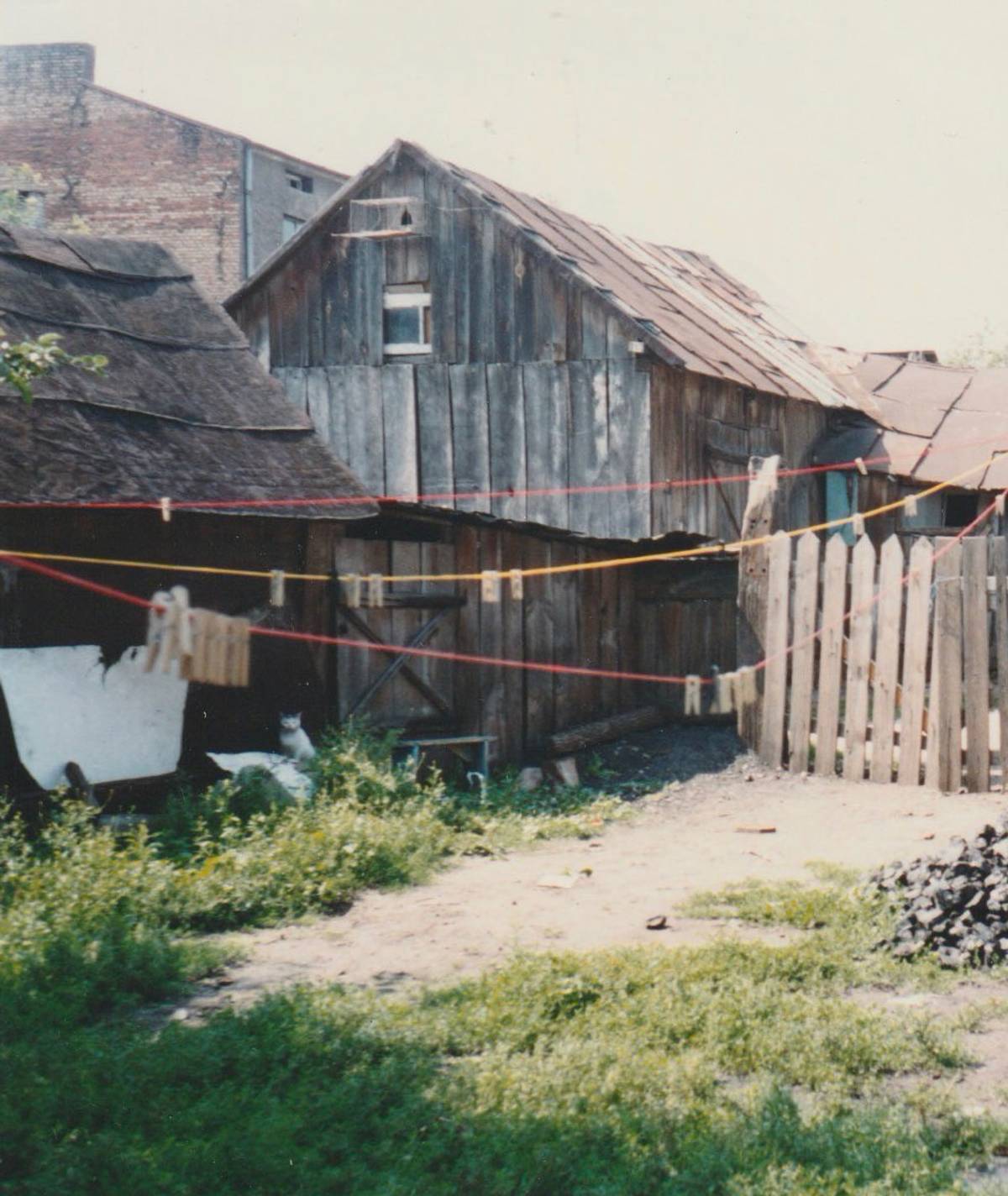
In October 1973, just after turning 40, I was working as a writer for an international business magazine. After finishing an assignment in Copenhagen with a few days to spare, I pulled out a map of Europe. I began to think of the Czyzev I thought I knew—or half-knew—from my parents’ stories. Over the years I’d learned to bend my weak Americanized Yiddish into a weak school-trained German. And I knew that would help. But I wasn’t even sure of the name of the village—was it Czyzev or Czyzew or Czyzewo or Chizhev-Osada? My father had said it was halfway between Warsaw and Bialystok on the railroad. I could have called my parents but it was 1973, another Arab-Israeli war was raging. Earlier, the communist Polish government had launched a harsh “anti-Zionism” propaganda campaign. My parents, I knew, would worry if they learned I was going to Poland. It was enough that I was worrying.
I went. At the Warsaw airport, the people at the information booth didn’t know the village but some attentive cab drivers listening nearby did better. When one of the drivers offered encouragement and a modest fare, I decided to postpone getting a room in Warsaw and try to reach Czyzev immediately.
The trip took about two hours. There were barely any cars on the road—only trucks and horse-drawn wooden wagons. I wrung from the driver that the farms we passed were “private.”
Dusk was coming on quickly and it had begun to drizzle when we finally arrived at a village that my driver indicated was the Czyzev I was seeking.
It had a barren dirt square with a large church at one end and small shops all around the perimeter. The square was deserted and only a few of the shops were open. As we drove around, I thought: At least I’m getting an image of one Polish village.
Killed were both my mother’s parents. My father’s brothers and sisters. My aunts, uncles, and cousins. Many, many others.
We stopped off at a barber’s shop on the square. Even with my weak German, I was left with an impression I felt many times when talking with these postwar Poles: There was a weariness about them—suffering was not a stranger.
I noticed that the shop’s sink had no drain connection. Recalling a well we’d passed earlier, I suddenly realized that even my mother’s wealthy family might not have had running water.
The barber and my driver had an animated conversation in Polish. Then, guided by the barber’s directions, the driver led me to a street off the square. A few houses down, he knocked on a door. An elderly woman opened it and we followed her to a shed in the back. Inside were large metal buckets heaped full of shredded cabbage.
After a few minutes, an elderly man entered the shed and talked to me cautiously in German. When I mentioned my mother’s maiden name, the old man’s face lit up. He announced emphatically, “You stay with me tonight! I knew your grandfather.” I had found Troy.
We returned to the main house and over the next few hours, I was the guest at a warm, warm reception. Food came out for me and the driver. I was served tea in a glass, the way my father drank it. And I told the wife that the tea was the best in the world because it was made with Czyzev water.
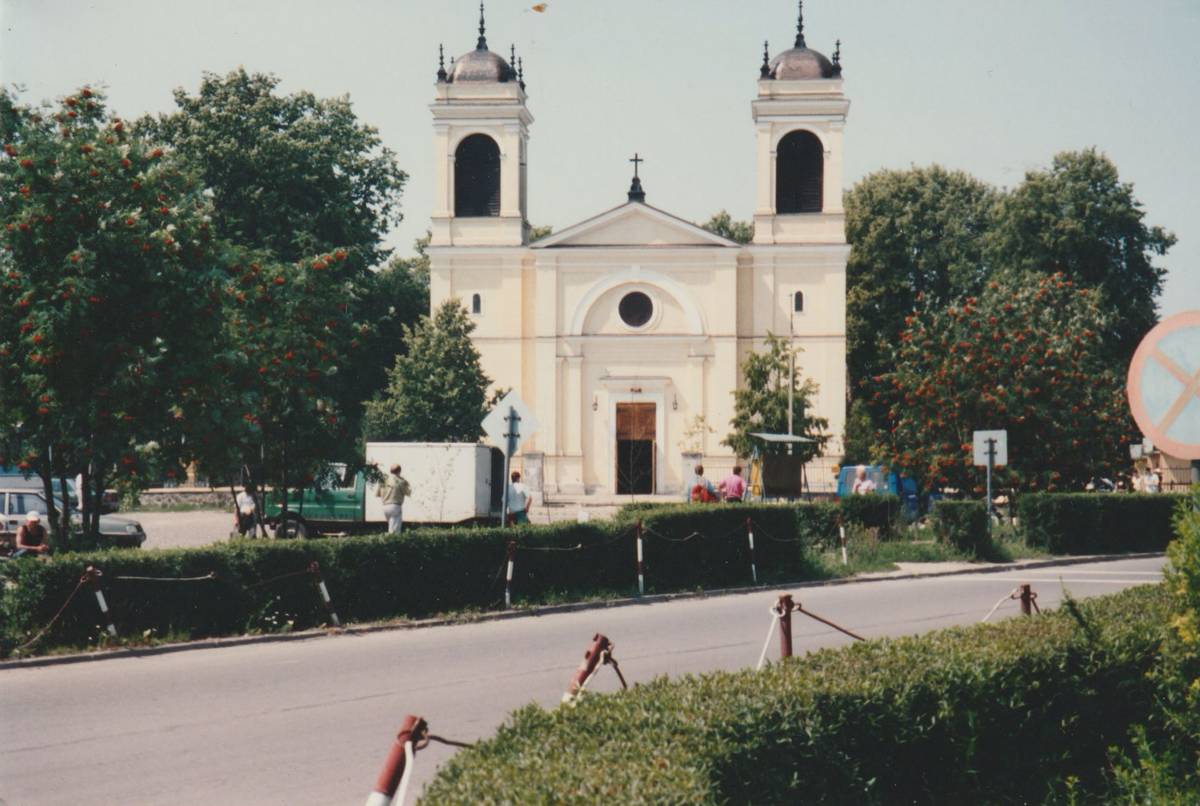
We laughed when the electricity—feeding one bare bulb hanging from the ceiling by a strand of cord—went out briefly. And with the old man doing most of the translating from German to Polish, we laughed over remark after remark about the food, my taxi ride, and his accordion-playing grandson.
There were serious moments, too. The subject of the Arab-Israeli fighting came up but we quickly let the subject drop. Later, there was guarded talk of the fighting in the area after WWII between opposing red and white Polish guerrilla bands. I hesitated, then said it was too bad that the Poles, who had suffered so much from outsiders, had to fight each other, too. This brought nods of agreement all around.
Finally, it was time for my driver to head back to Warsaw. Over the old man’s protests, I decided to go back with him. My return plane ticket was only good for a few days and I was uncomfortable with my language-imposed isolation. Probably, I also had a lingering unease about past stories of Poles—some passed on by my parents.
We walked into the night and the deep darkness. The old man led the driver and me to a nearby building. He said it was there that my grandfather’s house had once stood—and it was also where the Nazis had led Jews to be shot. Years later, I learned that many members of my family had also been shot in a ditch outside of town, while others had died in Treblinka concentration camp.
Killed were both my mother’s parents. My father’s brothers and sisters. My aunts, uncles, and cousins. Many, many others. They are faces on old family photos whose identities I will never know because it was too painful for my parents to talk about. Standing on the road in Czyzev, I peered into the darkness ... looking, for what?
After a warm goodbye, the old man gave me an aged photo of the village square showing a large church at one end. Then the driver and I left quickly.
During the next few days in Warsaw, I remembered that years before on a visit to the Dachau concentration camp, I’d learned that the Nazis had imprisoned and killed Polish priests there.
Even after visiting in person, my image of Jewish life in Czyzev remains built of shaky memories.
I saw other faces of Poland, too. This was the period of Soviet control. At one point, when we were alone, I hesitantly mentioned Solzhenitzyn’s banned First Circle to a woman guide in Warsaw. She grasped my arm and whispered nervously to me, “I know every word by heart.”
How much Polish is left in an American-Polish-Jew? Not too much, I suspect. Even in Czyzev, the Jews had their own schools, spoke their own language, and read their own newspapers—three brought from Warsaw, my father recalled.
When I returned to the States, my parents seemed more relieved that I’d gotten out of Poland than enthused that I’d gone. I showed them the Czyzev photo. My mother looked at it and pointed to a building near the church. It was there, she said, that the antisemites organized a cooperative store so farmers wouldn’t buy from Jews. And she recalled listening nearby as a cardinal promised to drive the Jews out of Poland. I decided it wisest to hold onto the photo for myself.
Had I learned more about the town—and, more importantly, about life in Eastern Europe pre-Holocaust? A bit, I suppose. Yes, I finally had an image of the physical appearance of the village. And from the body language, words, and silences, I understood somewhat more about the Poles. But my parents and other survivors are now gone. Many of the accounts my cousins recount, of Czyzev learned from their parents, flatly contradict each other. So even after visiting in person, my image of Jewish life in Czyzev remains built of shaky memories—of facts versus fictions.
Today, you can go on the internet and learn the present temperature in Czyzev. Airbnb will tell what rooms are available there and at what price. There are even videos on YouTube.
An internet search will reveal that at the beginning of 2011, three villages merged to form the new Czyzev. If you poke around further, you’ll find that after my parents’ time there, in the 1930s, it became harder to buy off the police. By the end of the decade, there was indeed a pogrom in the village with many Jews badly wounded by “sticks and poles” carried by “young Polish mischief makers ... led by students.”
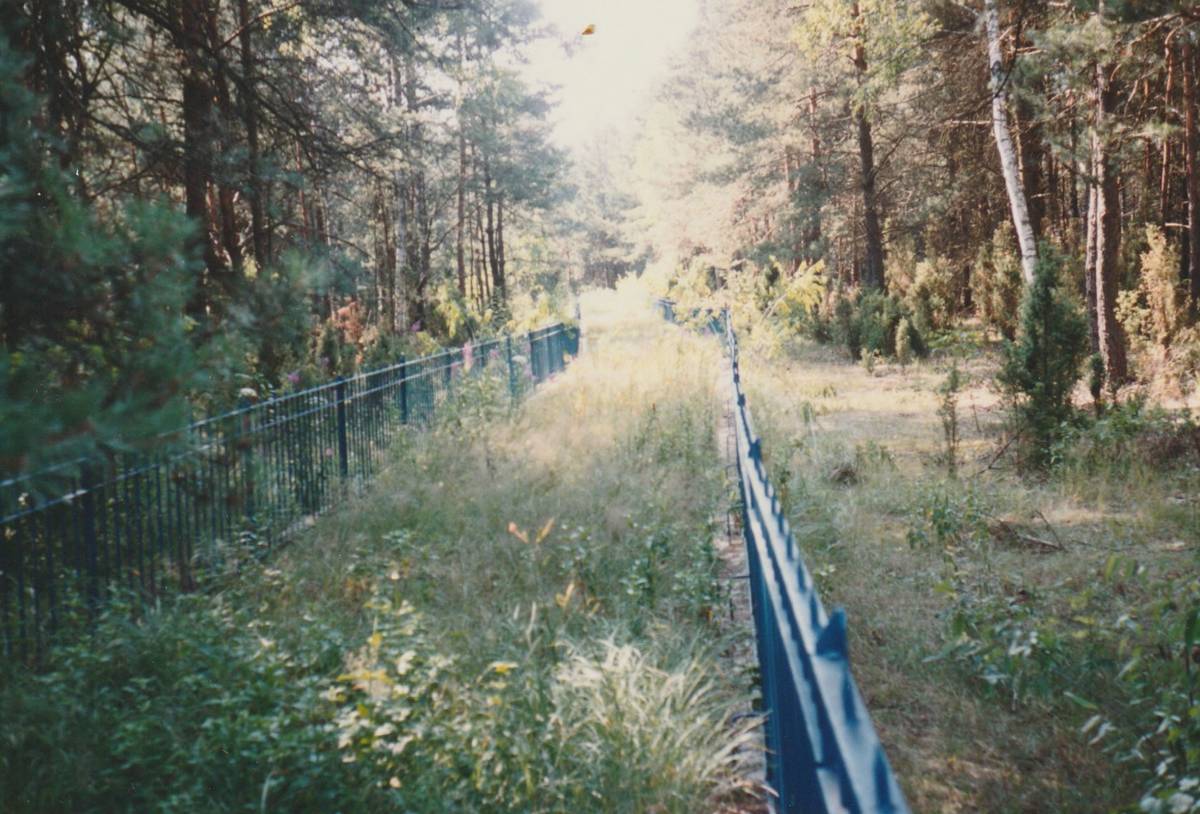
It’s likely that in time, newer technology will bring us even closer access to Czyzev, past and present.
I continue to follow news of the country, and its history, while I uncover more stories about my family’s time in Czyzev. For example, I learned that one of my uncles, who survived Auschwitz, returned to the village after he was liberated and was soon told that the Poles were coming to kill him. Among other grievances, some of the Poles were worried that the Jews would attempt to reclaim their old property. My uncle fled that first night never to return.
As for me—yes, I wish I’d spent time walking around the fields and the lake my father talked of. But the important thing for me is the Czyzev I was told about—not the Czyzev that is, or even, perhaps, the Czyzev that was. Still I treasure the photo given to me by the old man. And I thank the people of Czyzev for a warm welcome on a chilly October evening.
Robert Shlasko is a writer/editor whose assignments have taken him from Sweden to Samoa and whose work ranges from Wall Street strategies to children’s fiction.